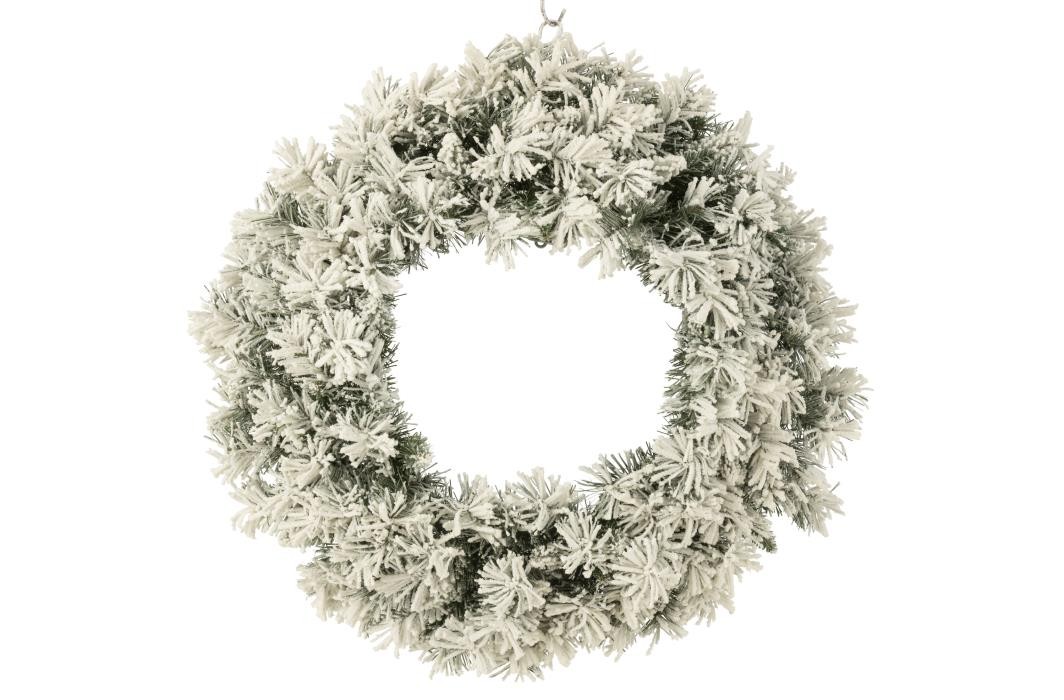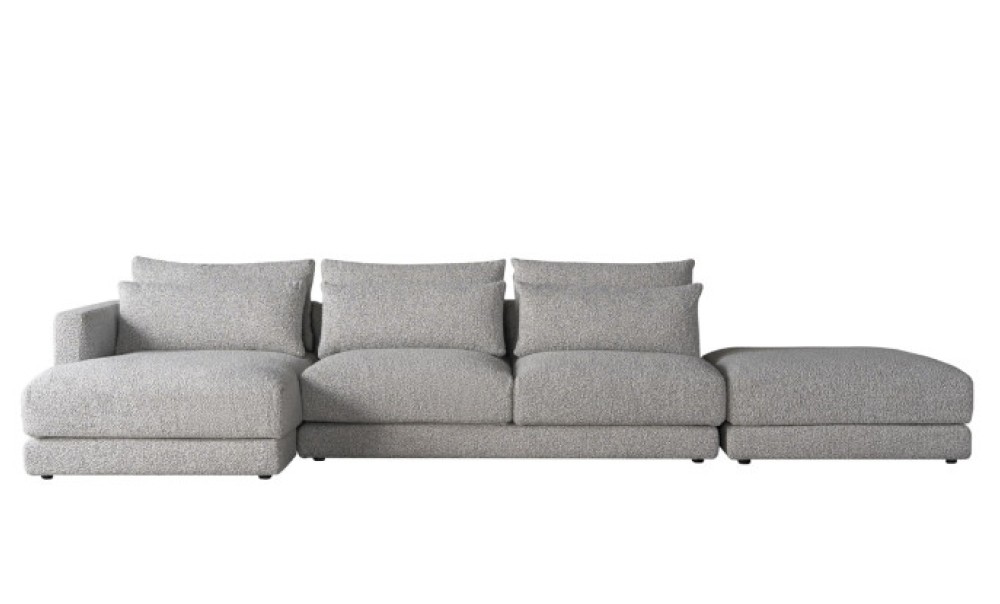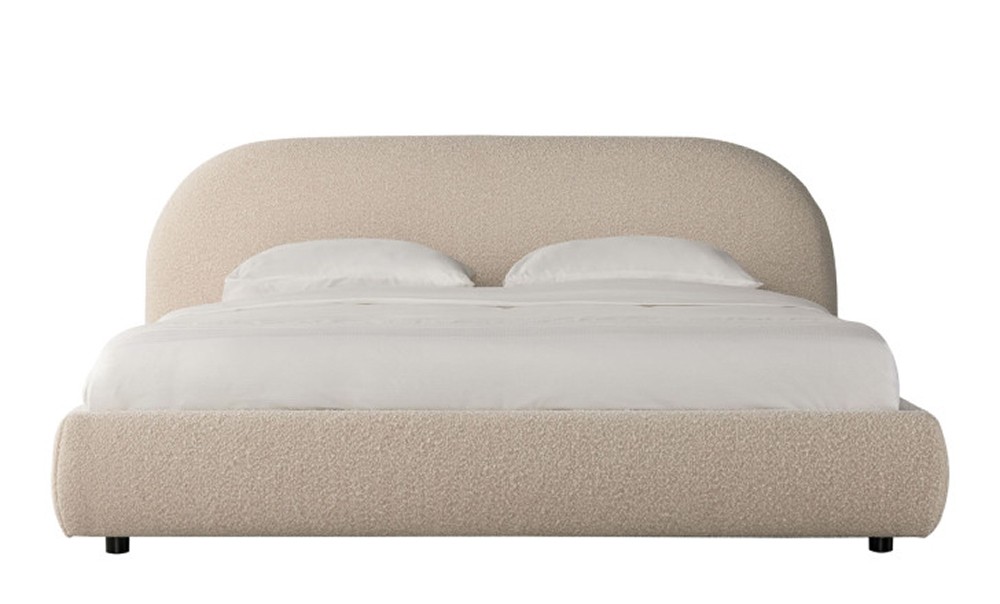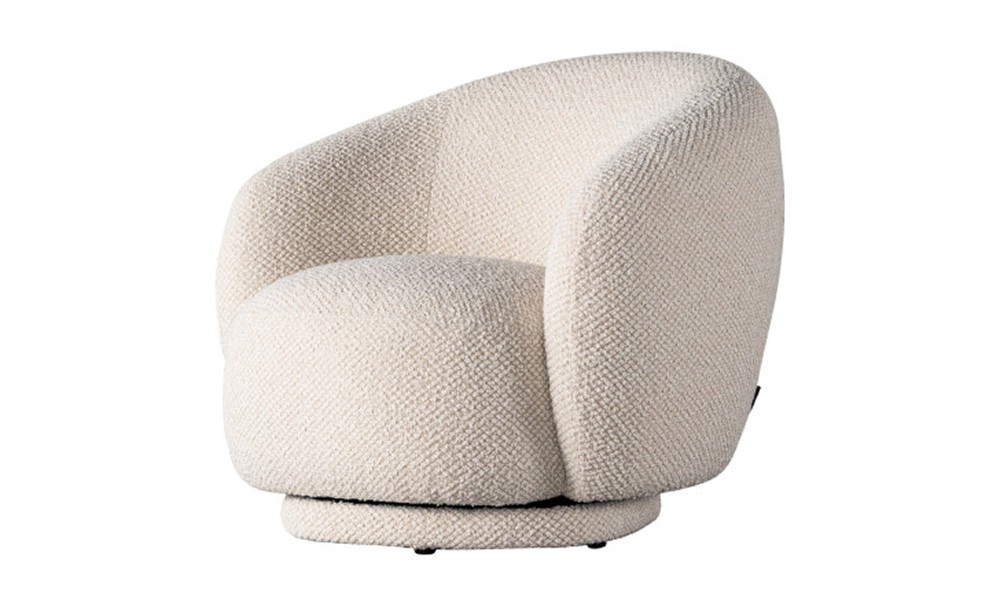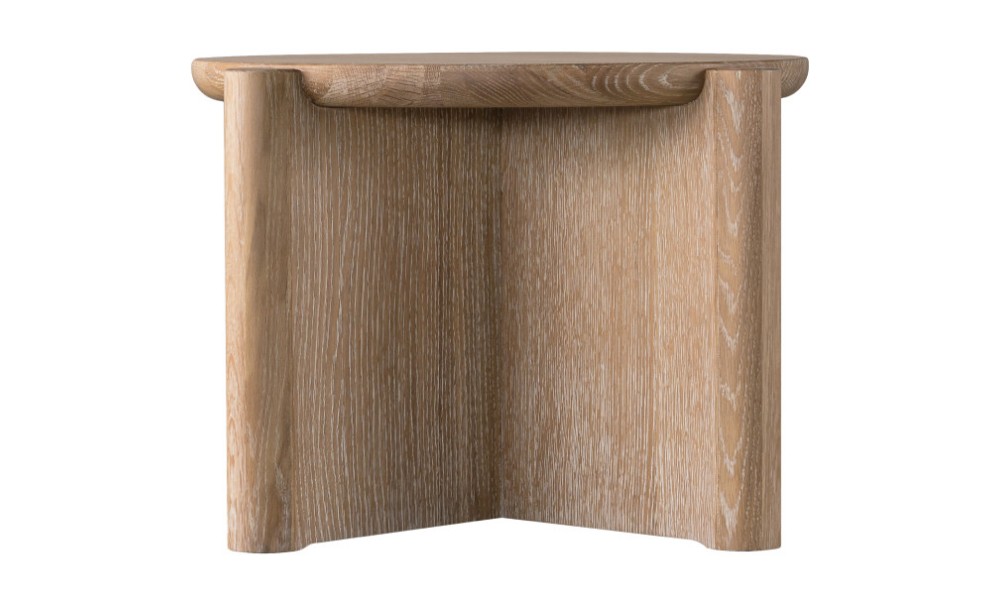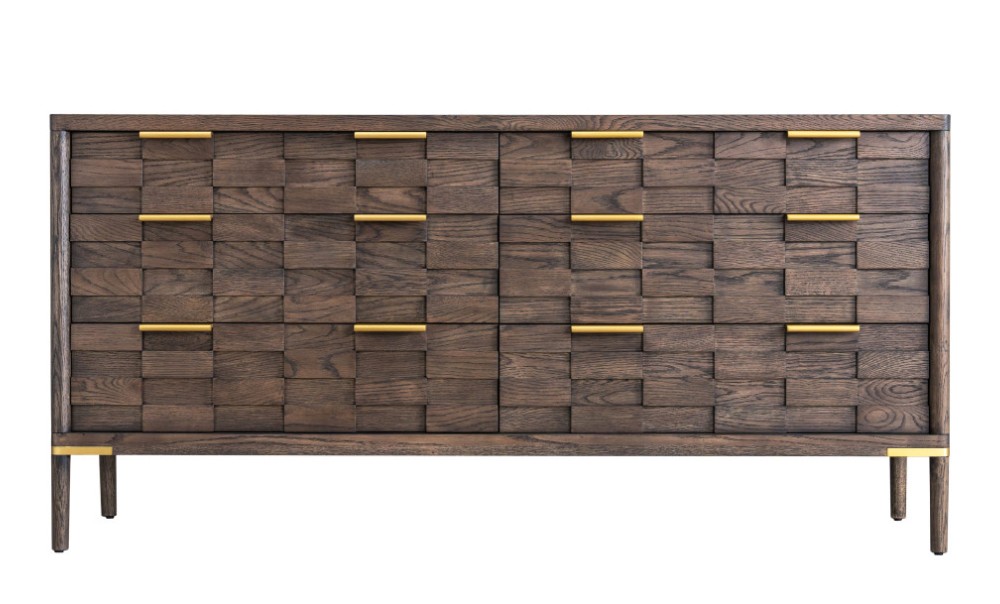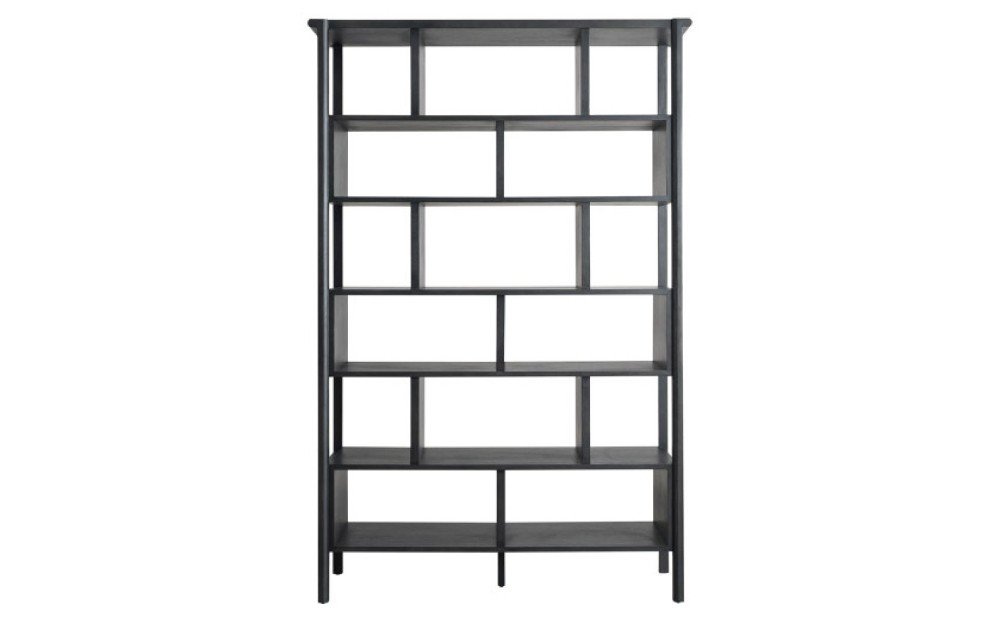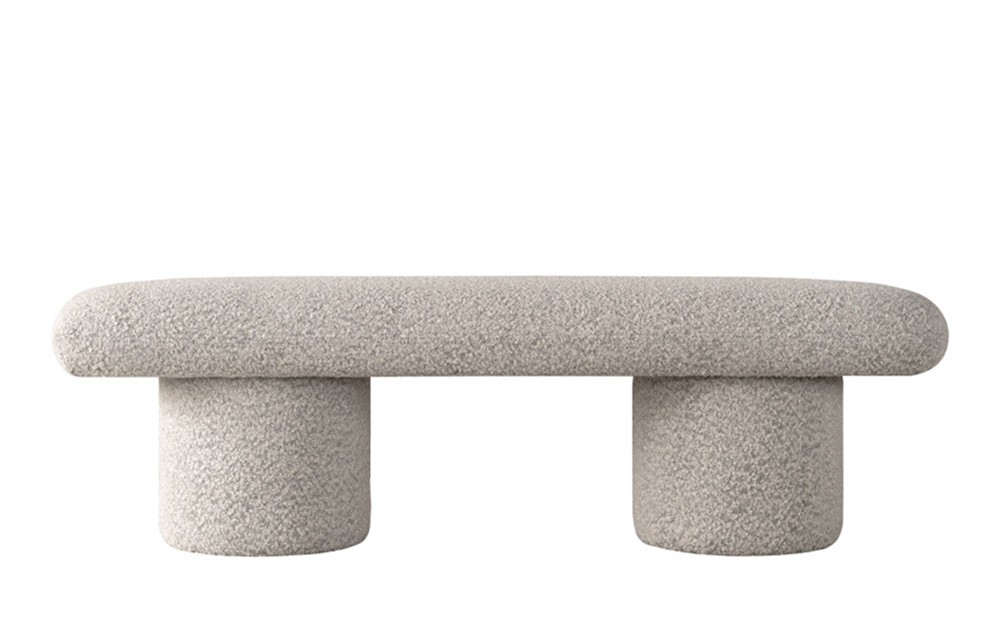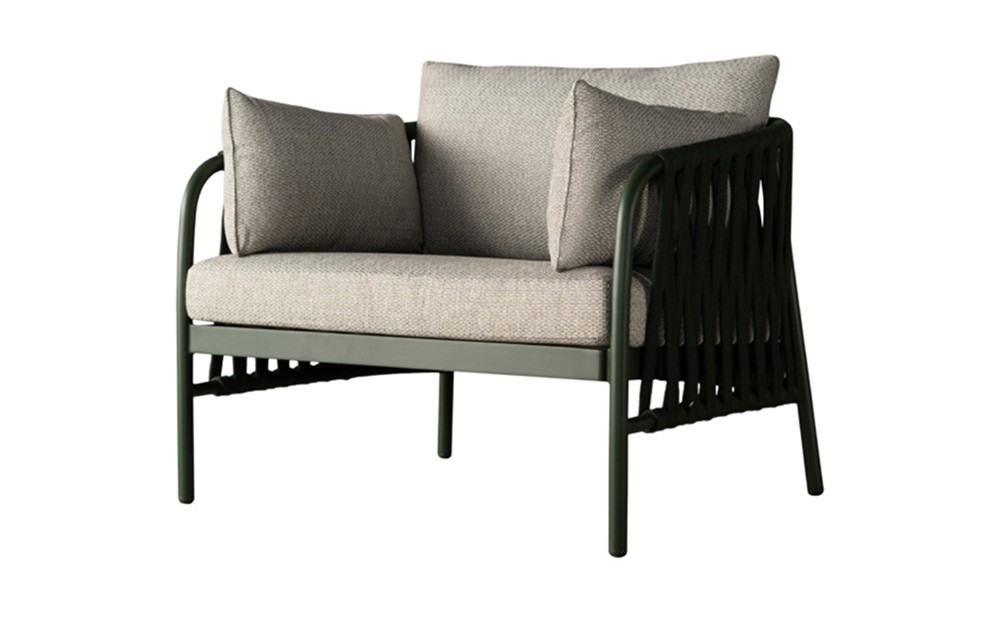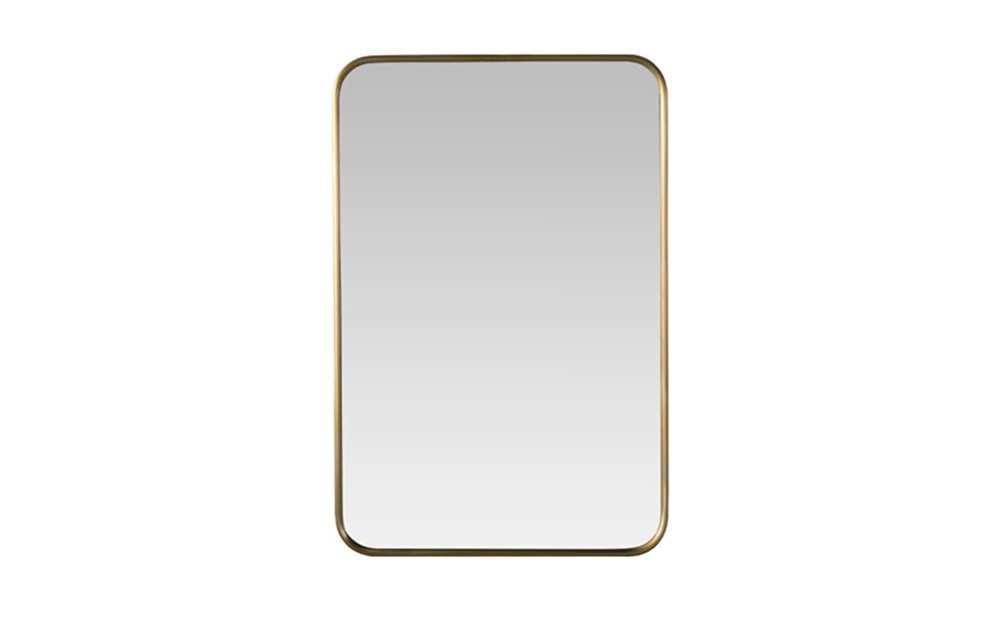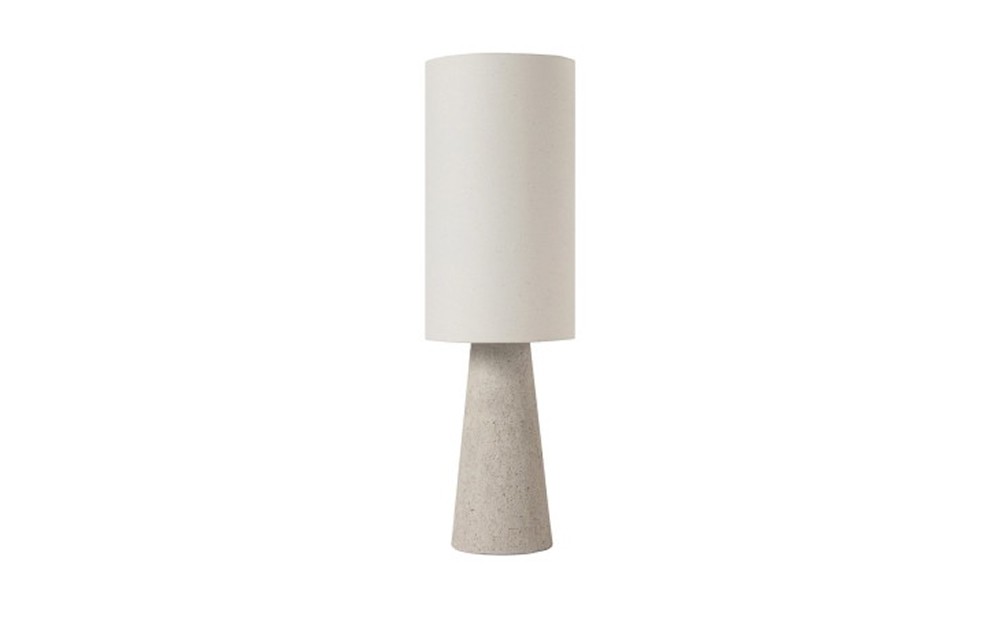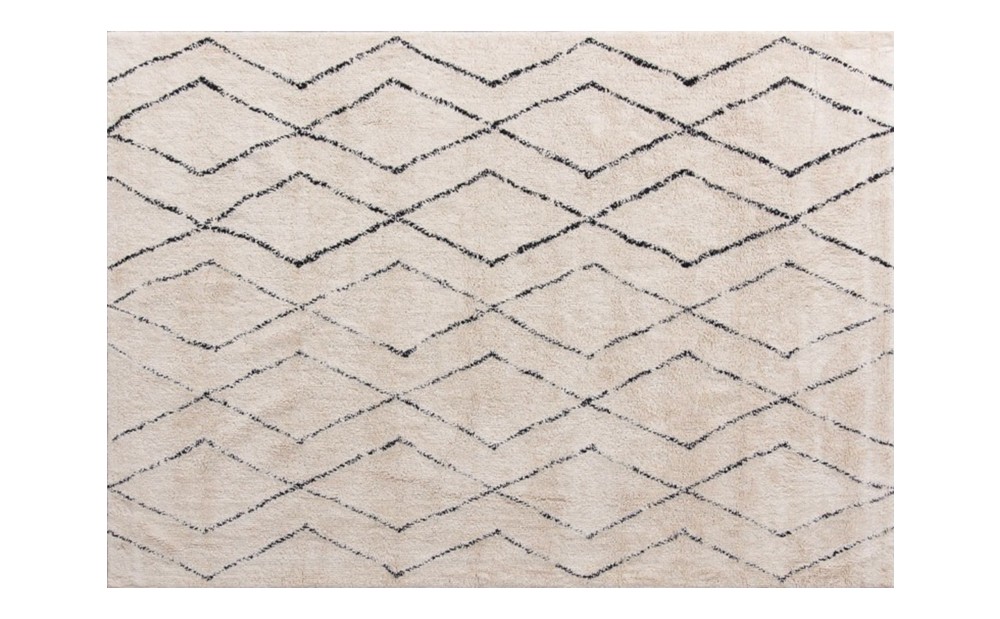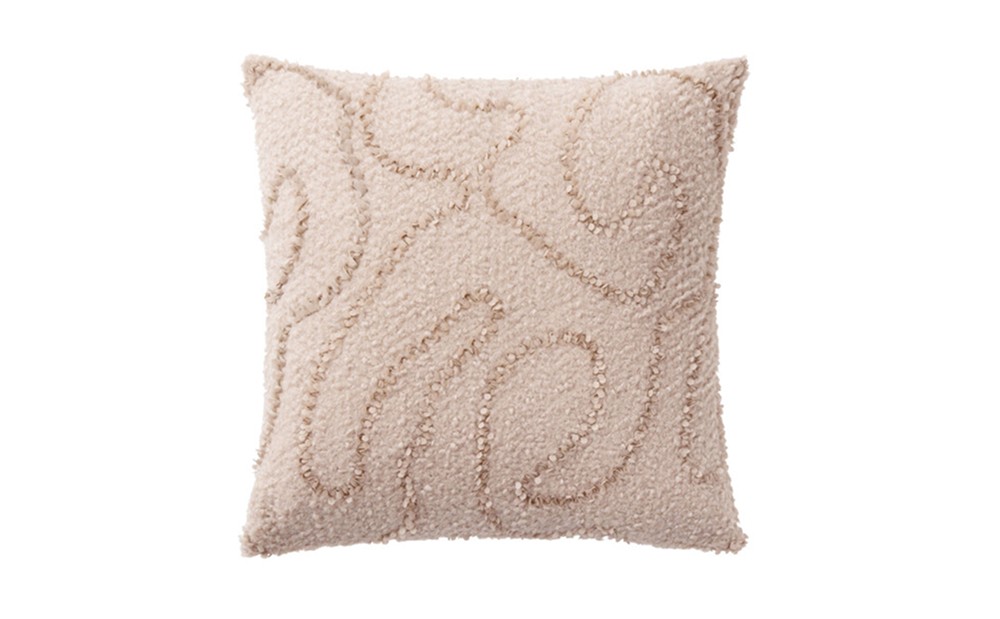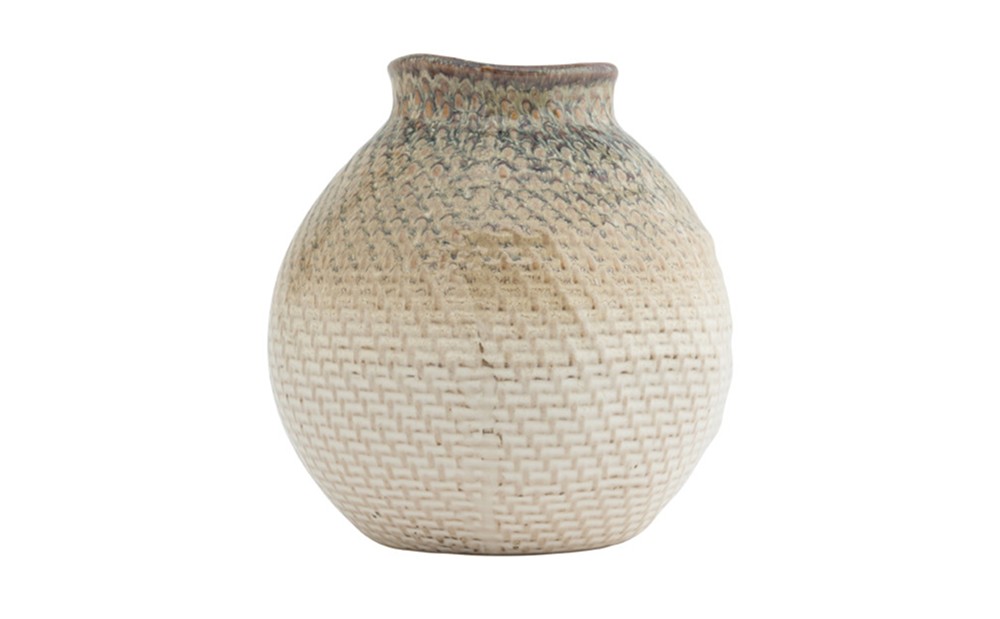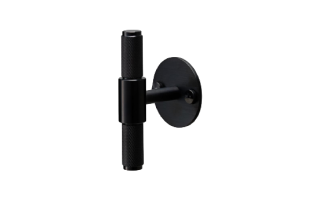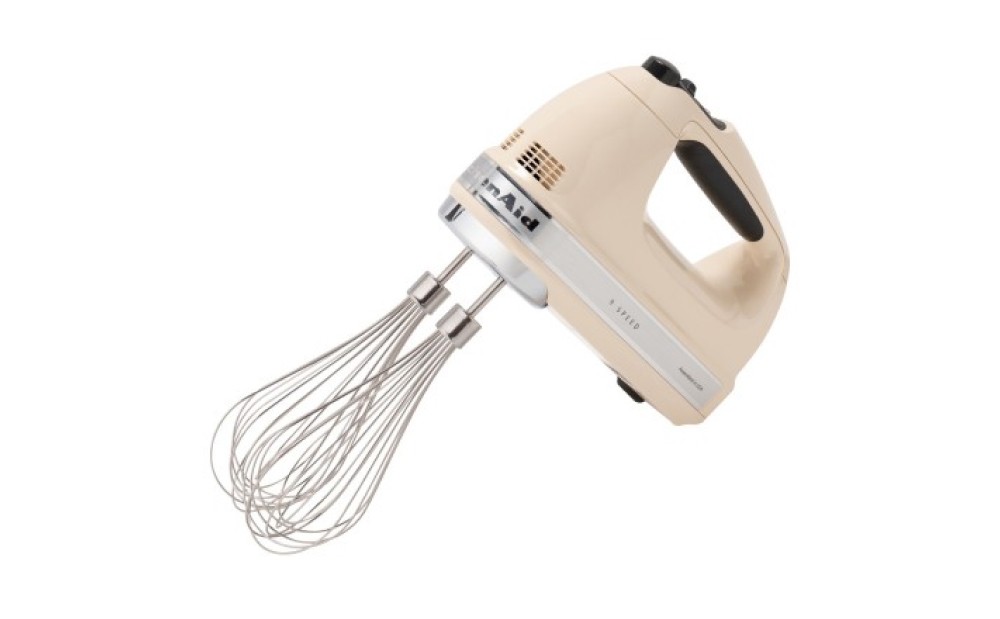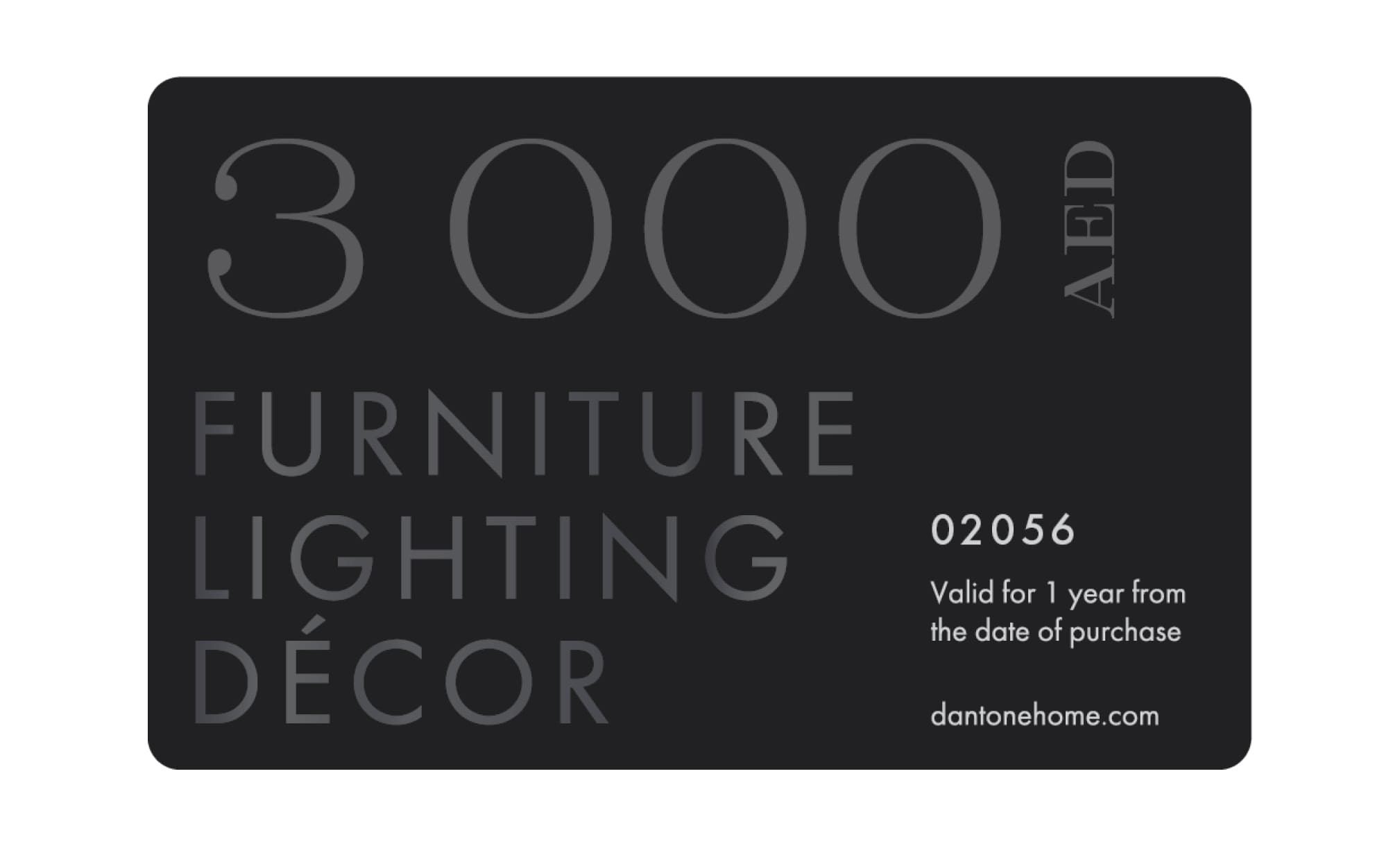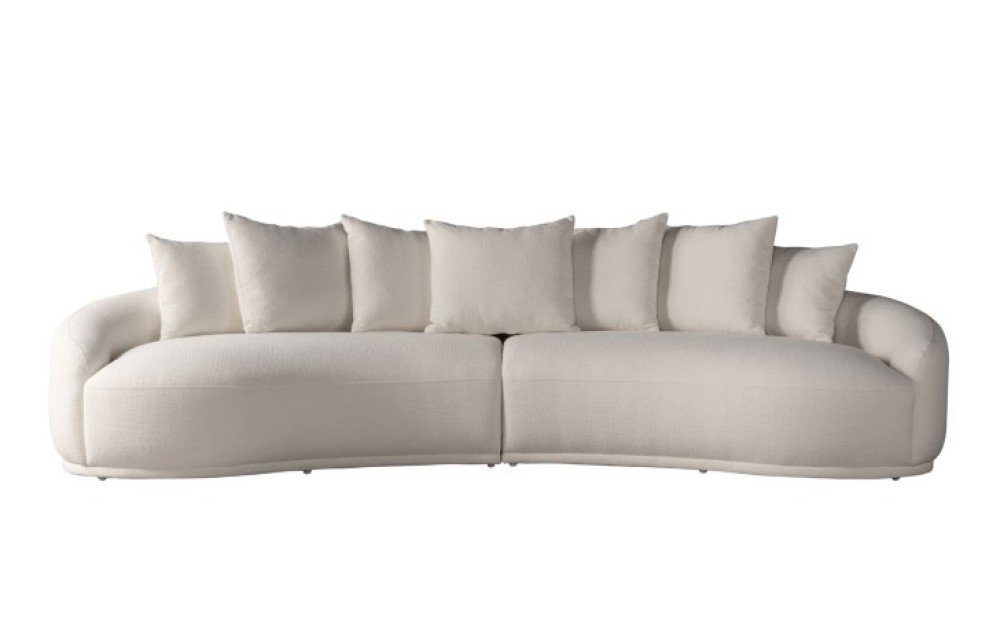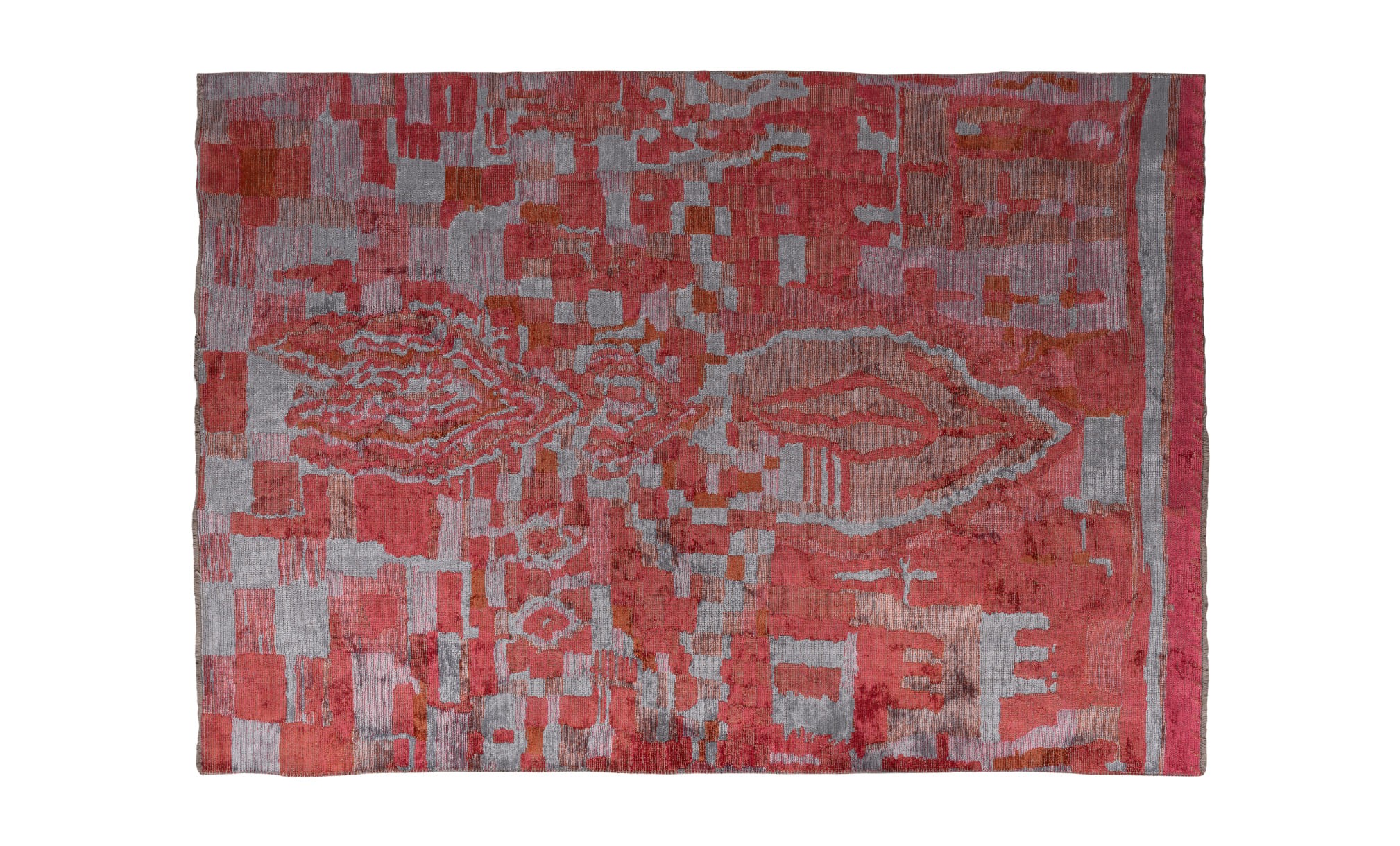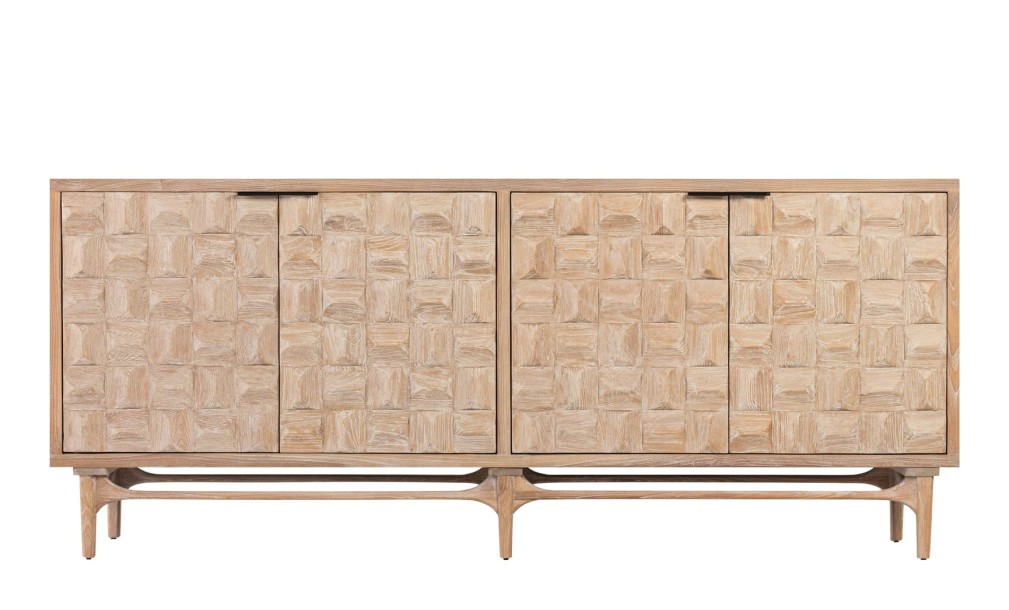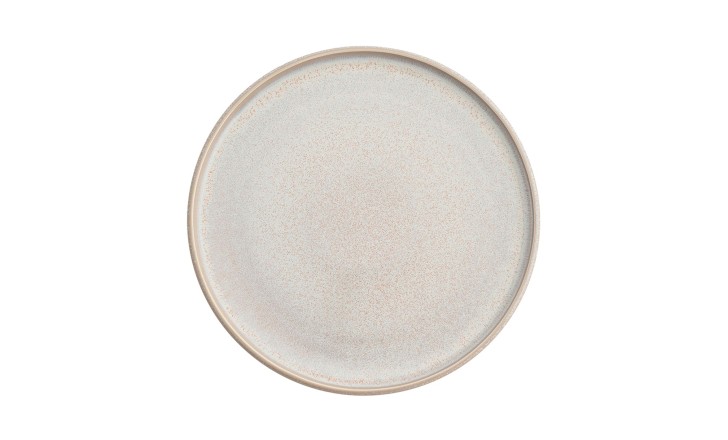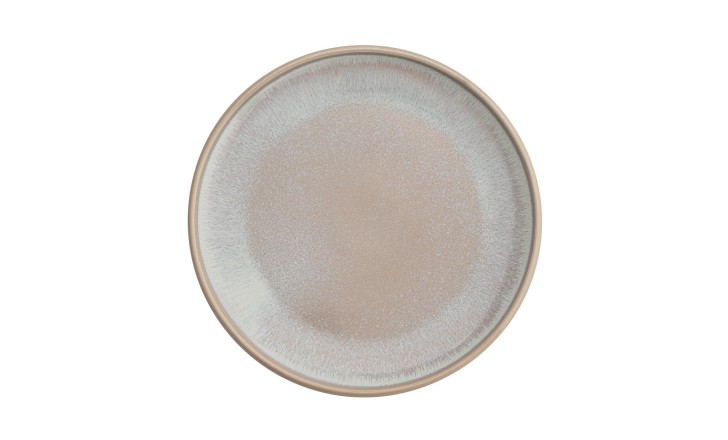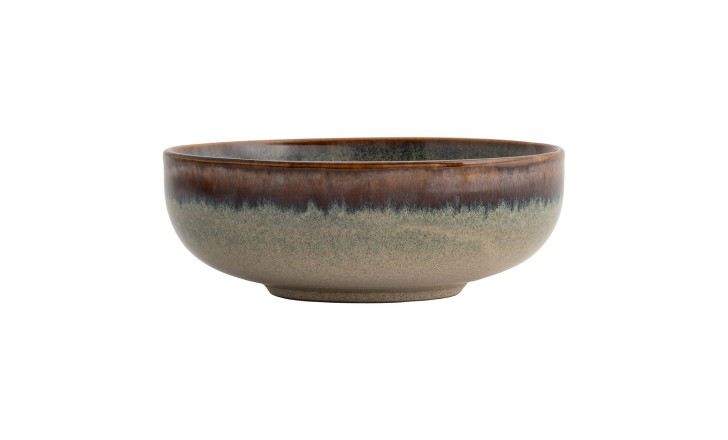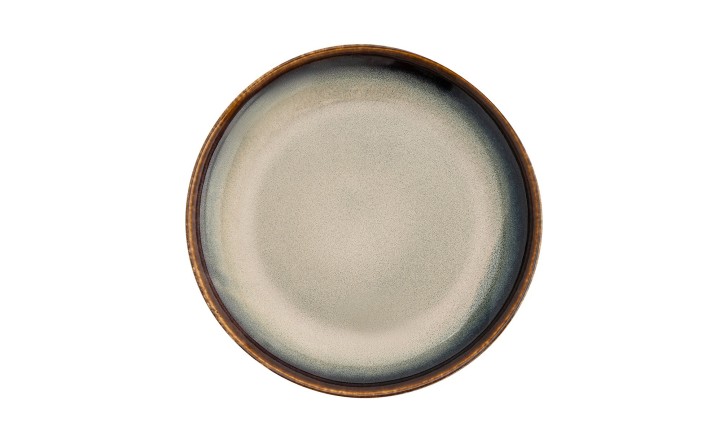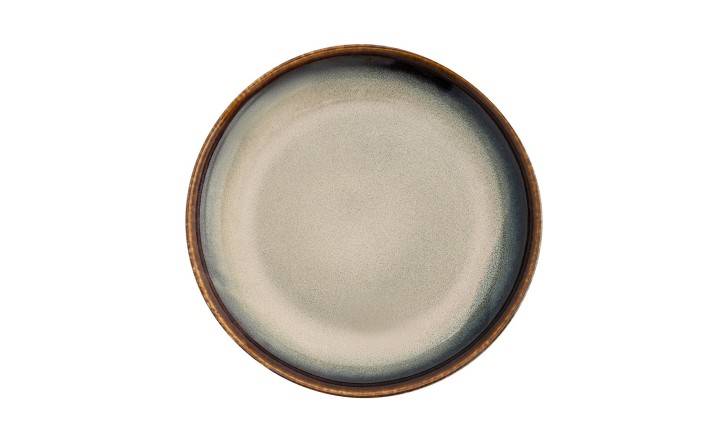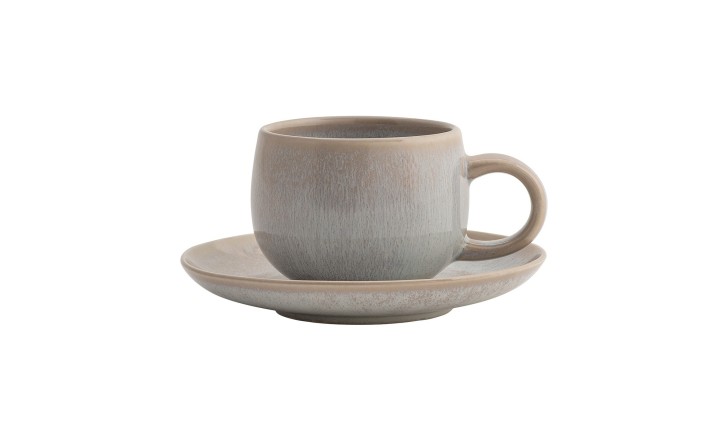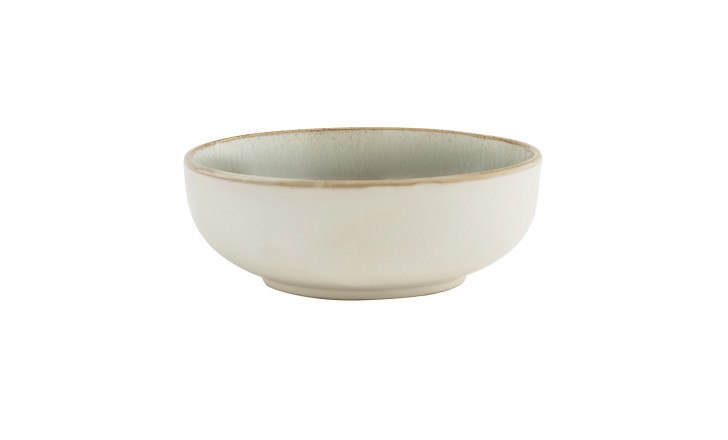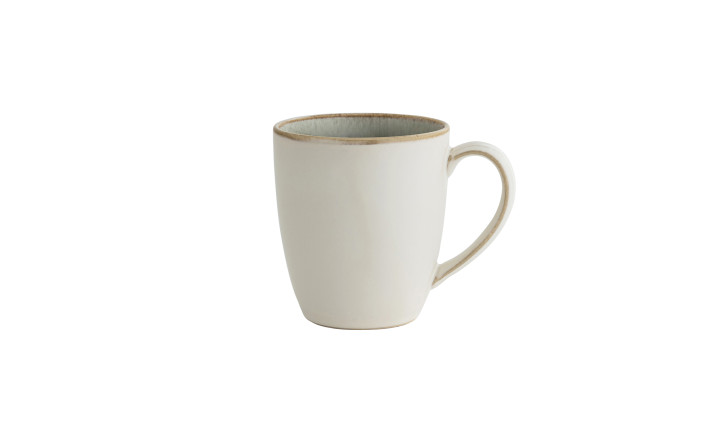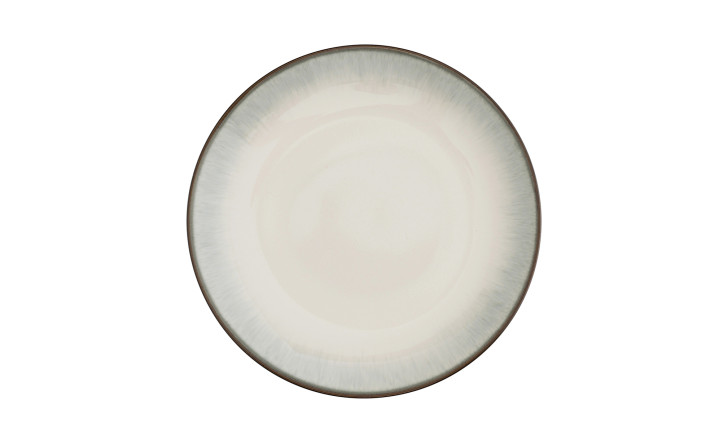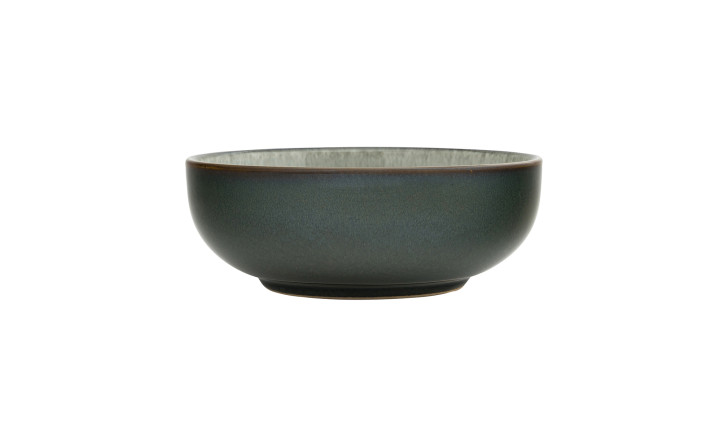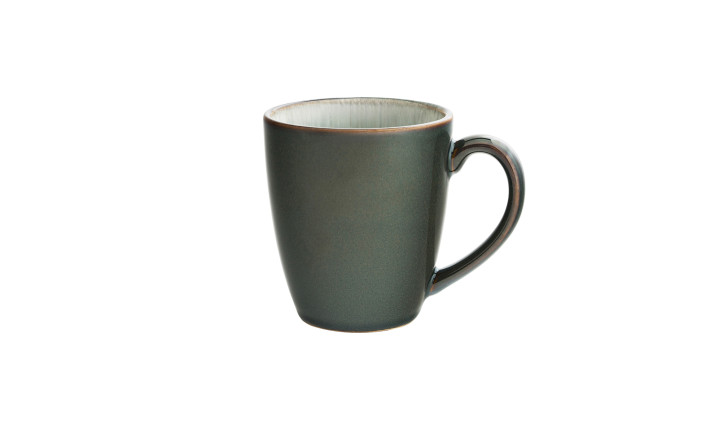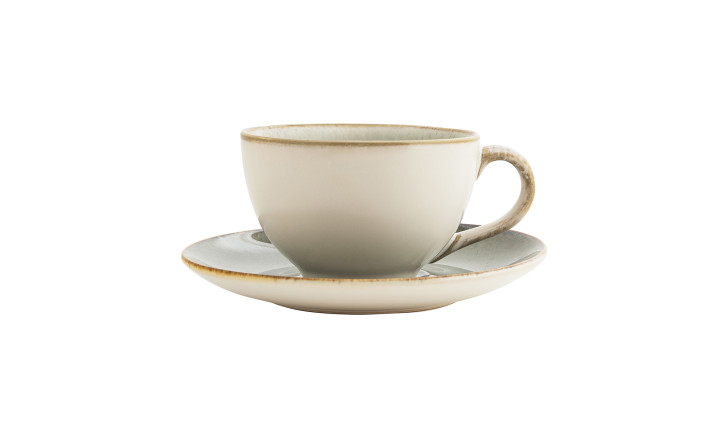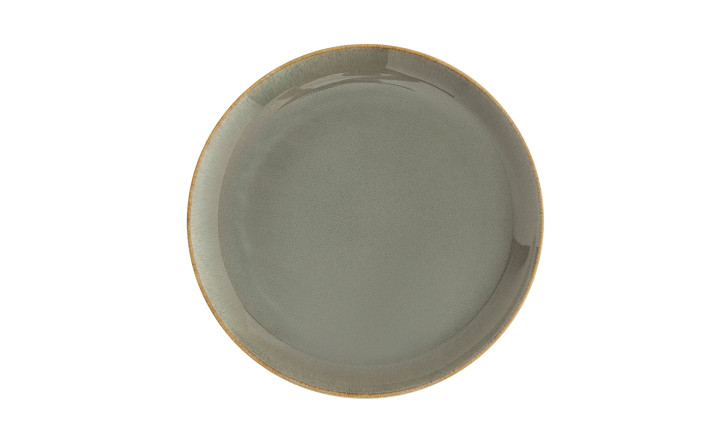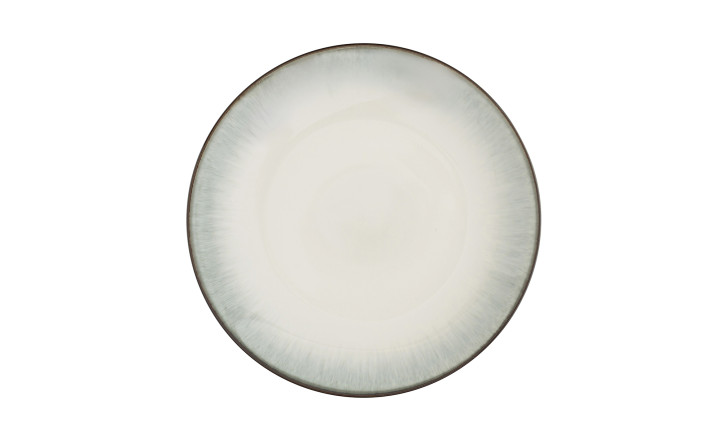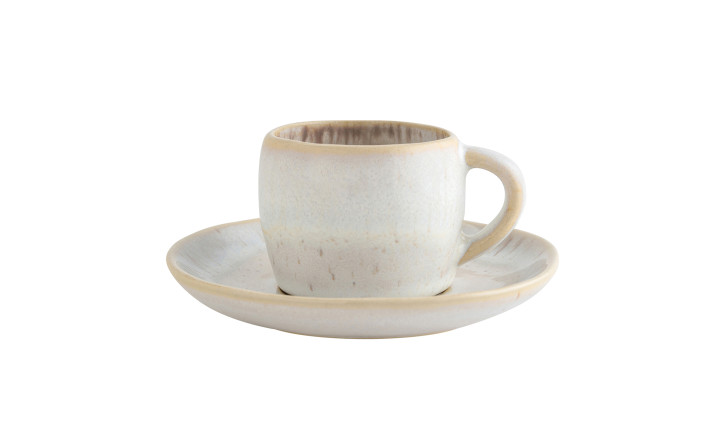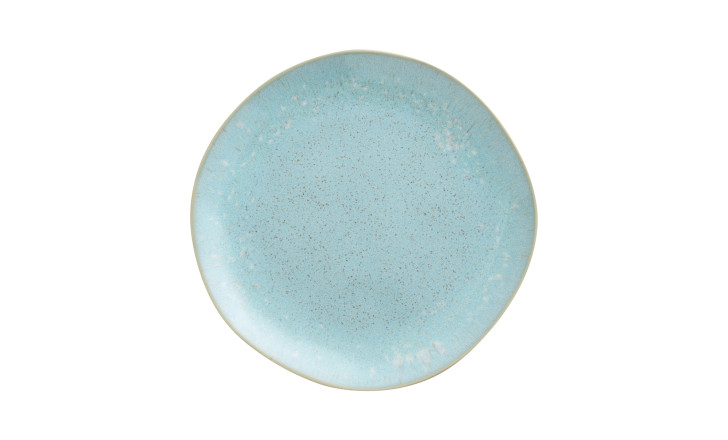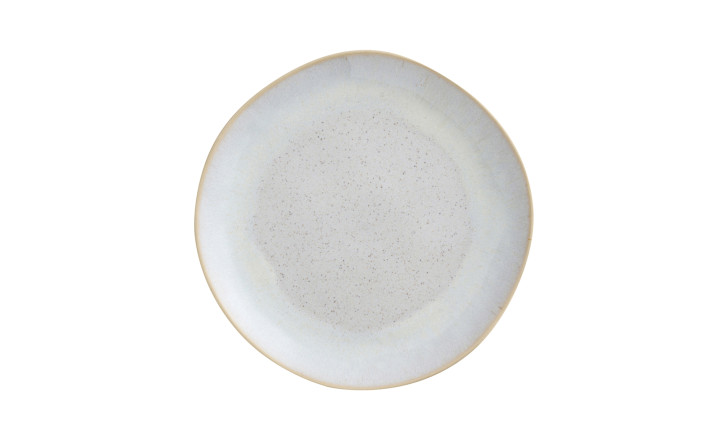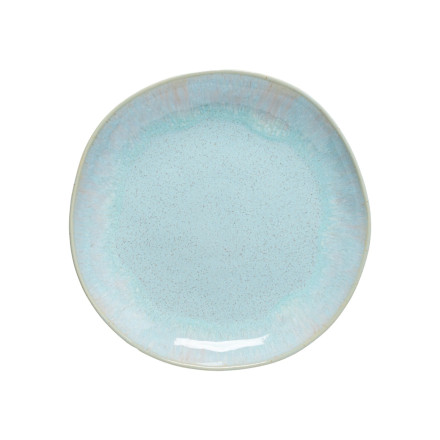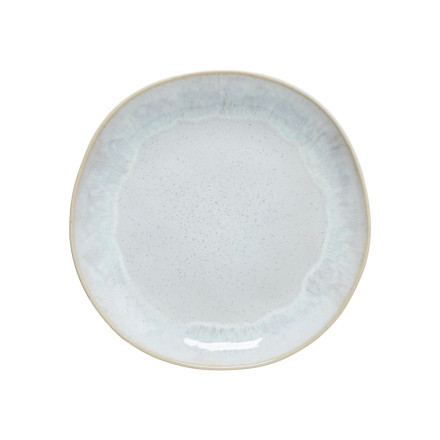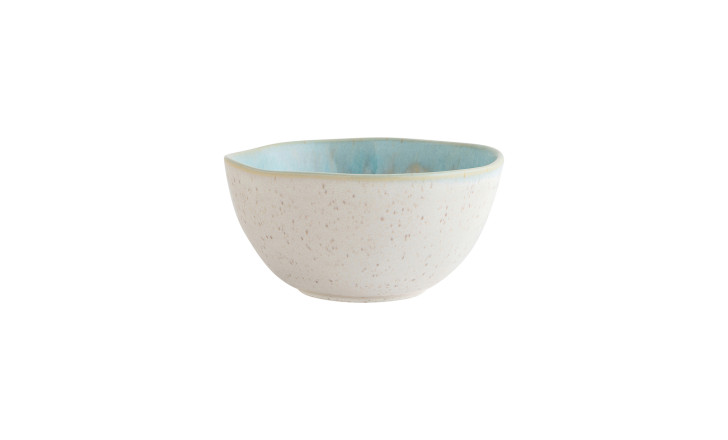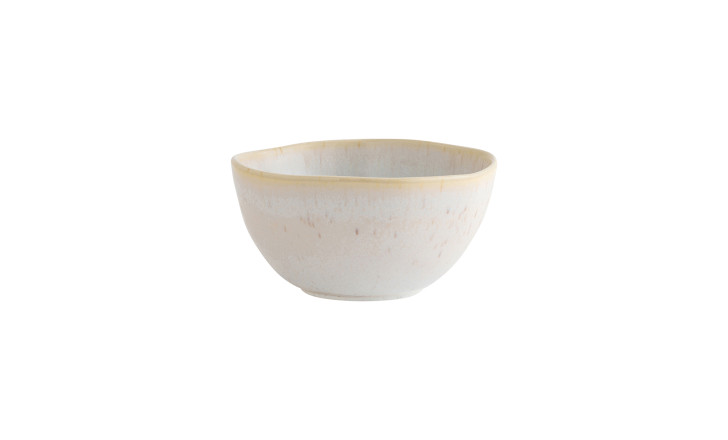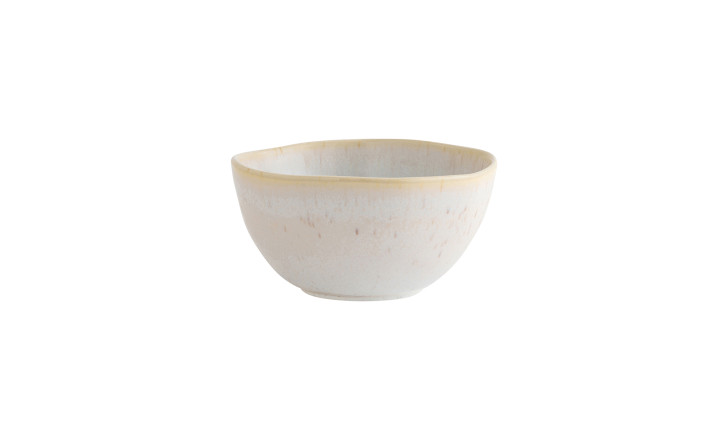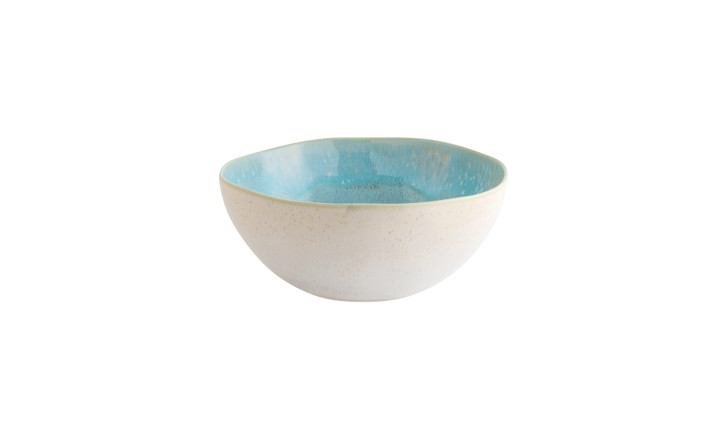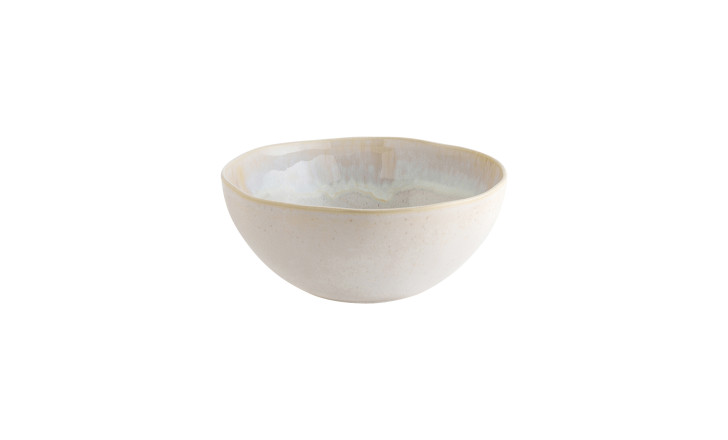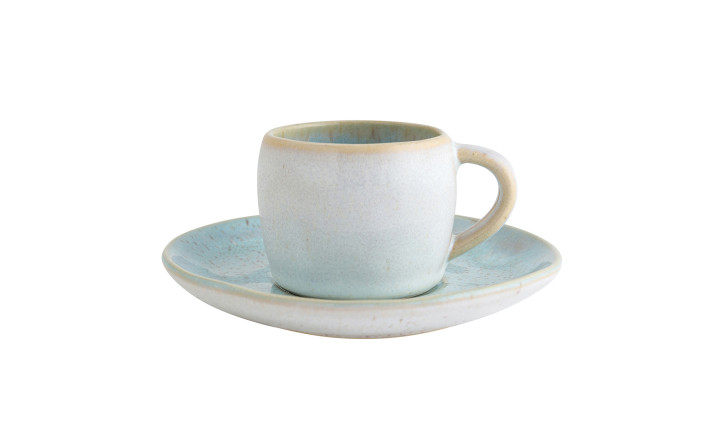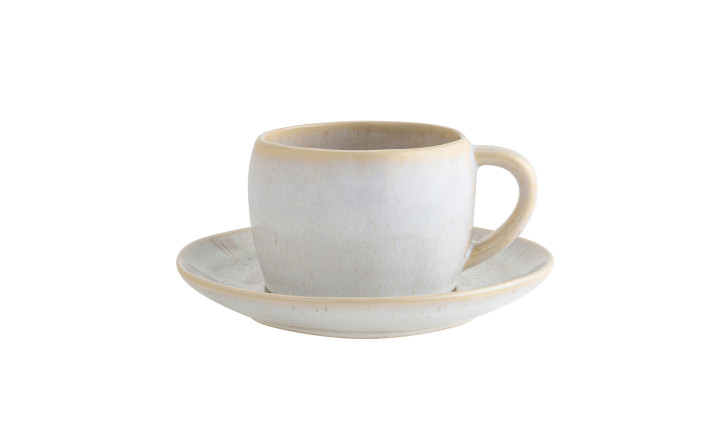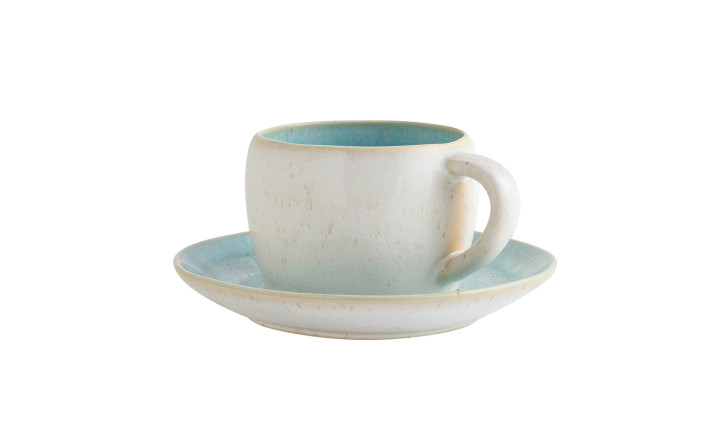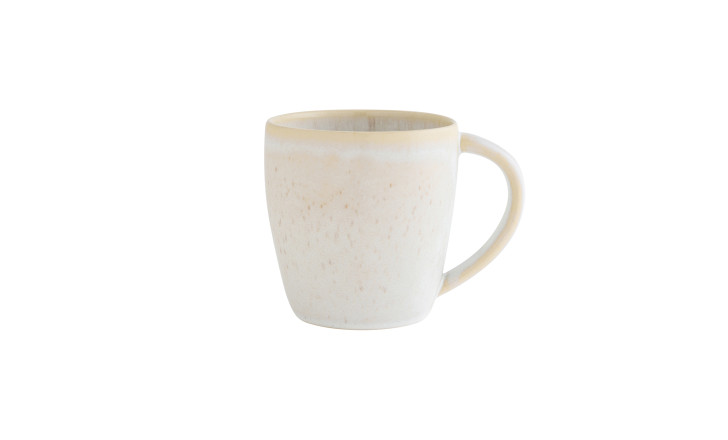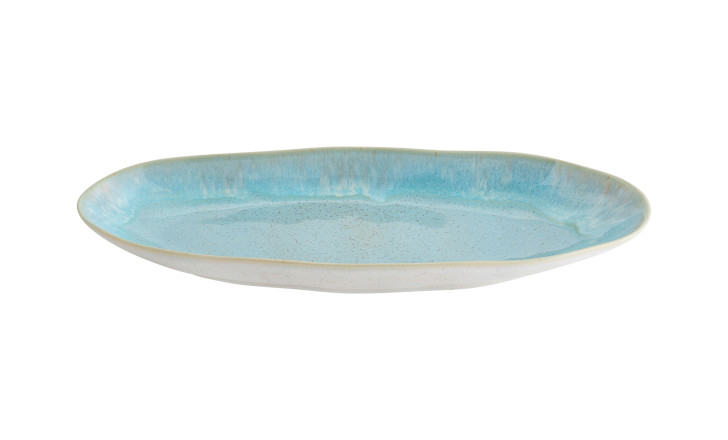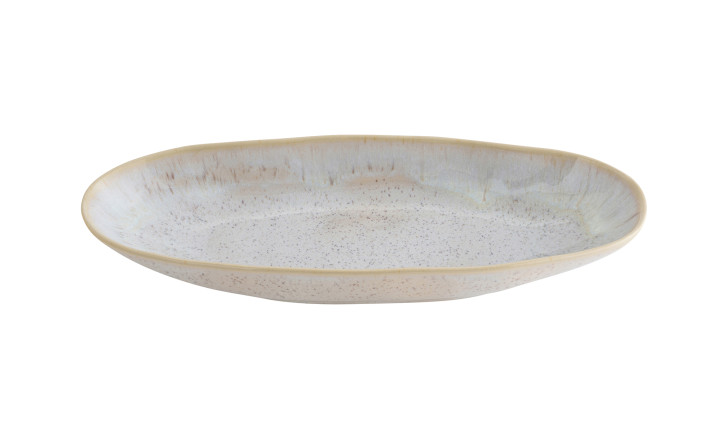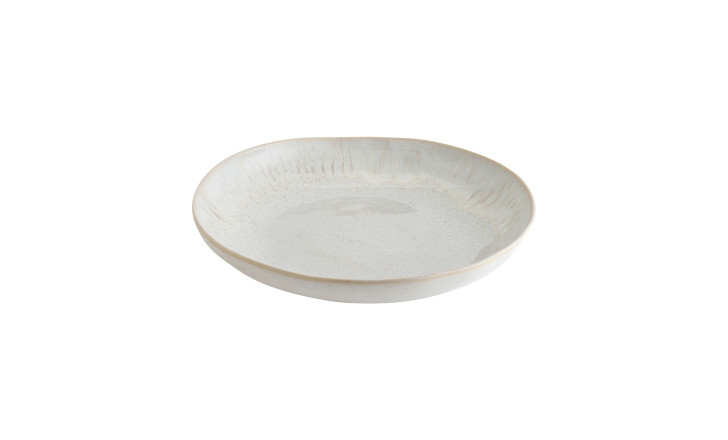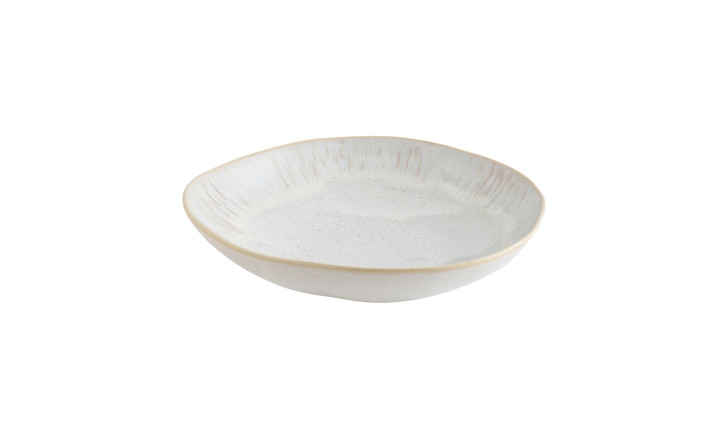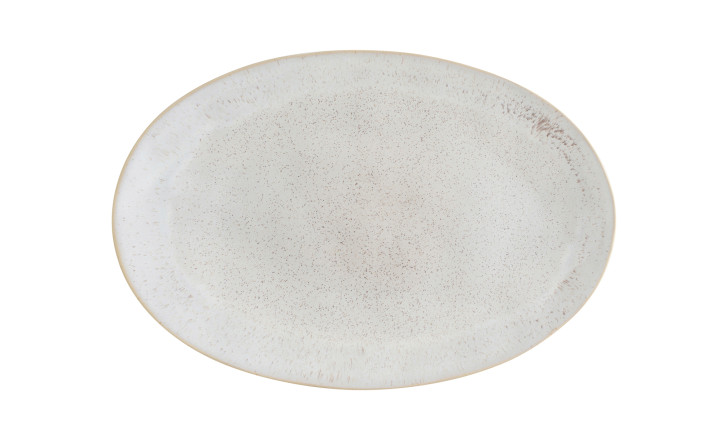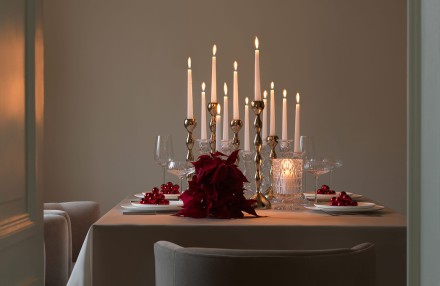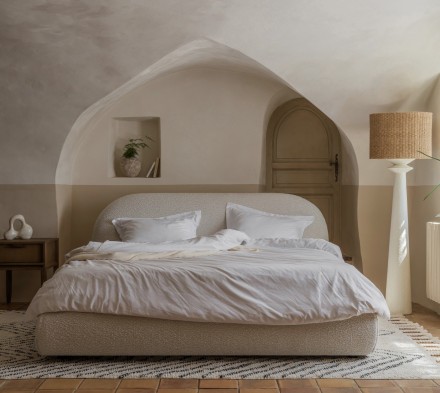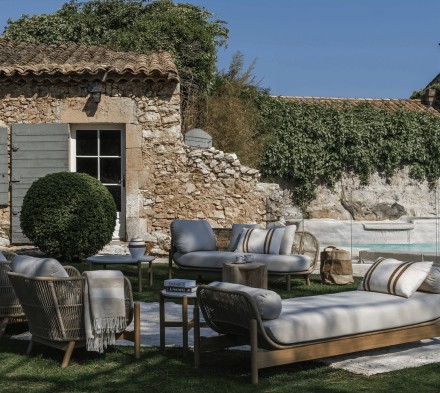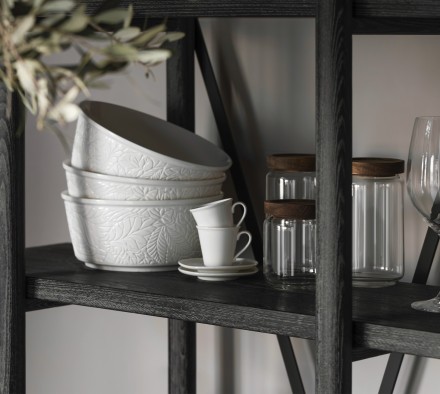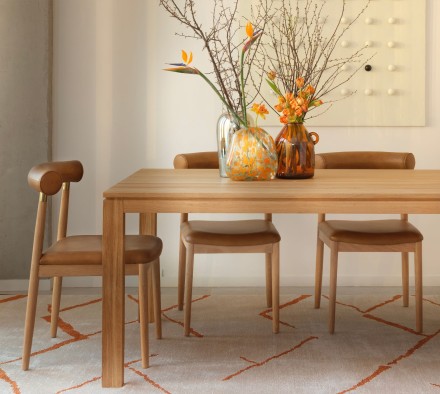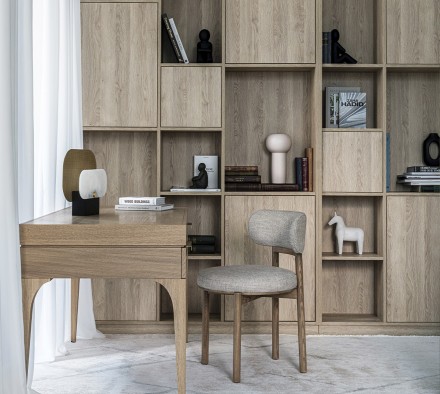Reactive Glaze: The Art of Imperfect Beauty
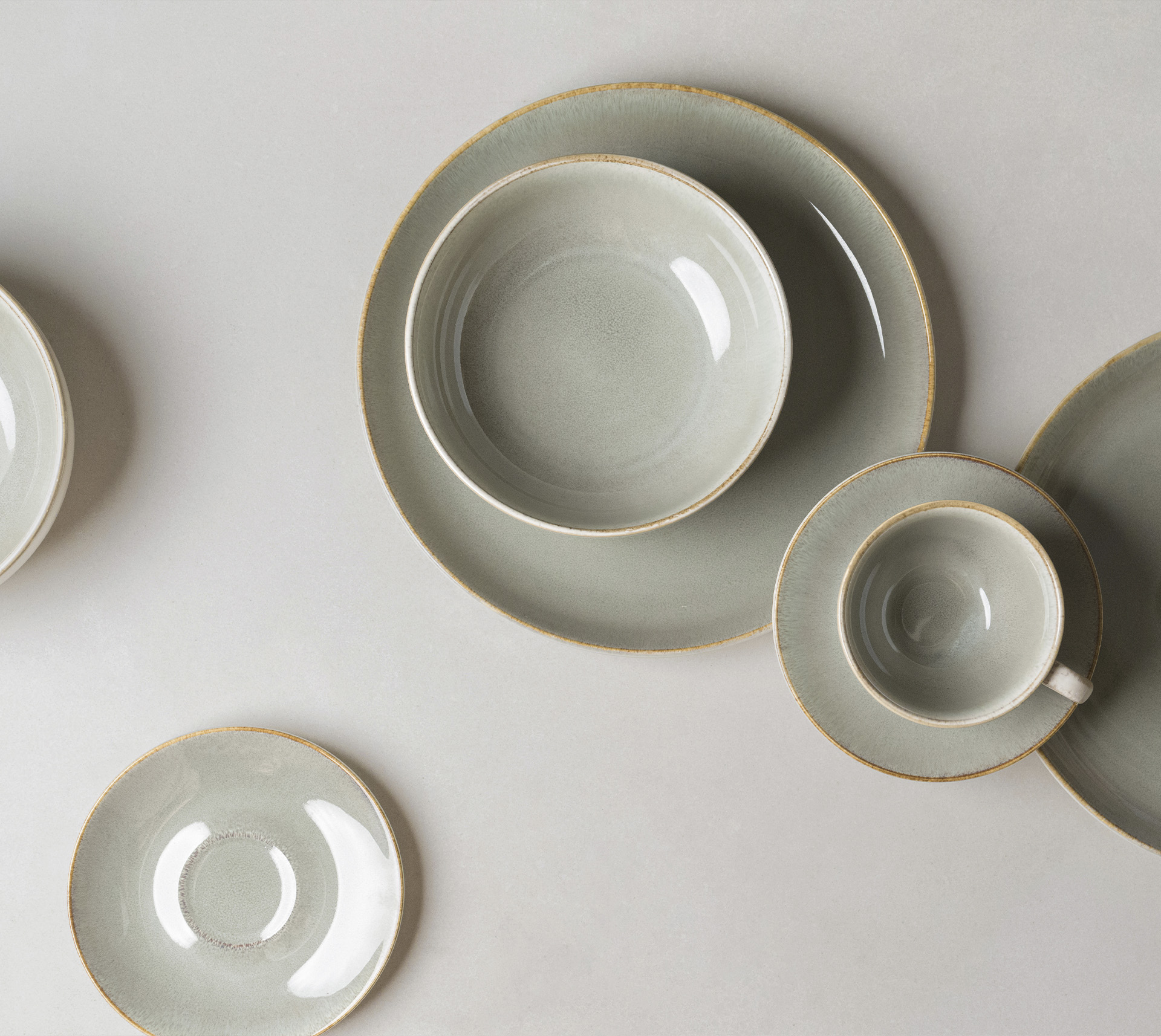
A Technique Born from Chemistry and Craft
Reactive glazing is not painted on — it’s born in the kiln. A combination of minerals and oxides is applied to the surface of the ceramic, and during firing, a chemical reaction creates an unpredictable pattern of colour and texture. The high-temperature process causes the glaze to flow, pool, and crystallise in ways that can’t be fully controlled — resulting in a unique finish on each piece. Historically rooted in East Asian ceramic traditions, the technique has evolved into a contemporary favourite, prized for its ability to evoke the natural world.
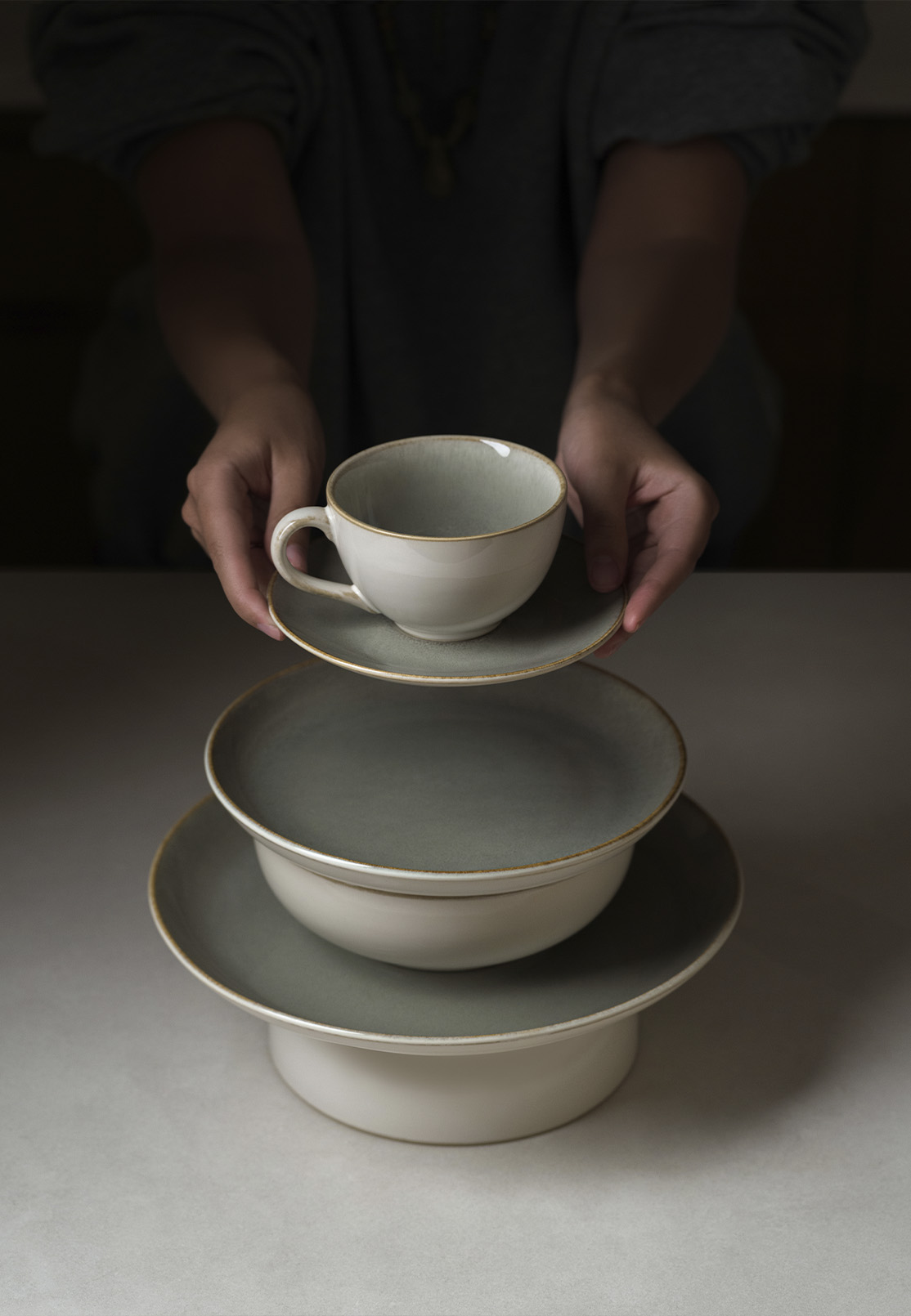
More Than Plates: Ceramics with Depth
Reactive glazing is used across a variety of tableware — from dinner plates and serving bowls to mugs and platters. The effect works especially well on curved surfaces, where the glaze can move freely and catch the light from different angles. These aren’t glossy showpieces, but tactile, layered designs that feel as good in the hand as they look on the table. The soft edges, natural imperfections, and subtle transitions between hues give the sense that each piece has its own personality.
Reactive-glazed ceramics invite layering — like a landscape where sandy shorelines meet shifting seas
Effortless Pairing, Unforced Beauty
One of the quiet joys of reactive ceramics is how easily they mix. Different collections, even from separate sources, tend to share the same earthy palette and painterly movement — making them ideal for layering. A deep indigo bowl can sit beside a sand-coloured plate, echoing sea and stone. The result is a tablescape that feels curated but not contrived, textured but not busy. It’s a style that embraces ease and rewards experimentation — whether for a slow breakfast at home or a full table of guests.

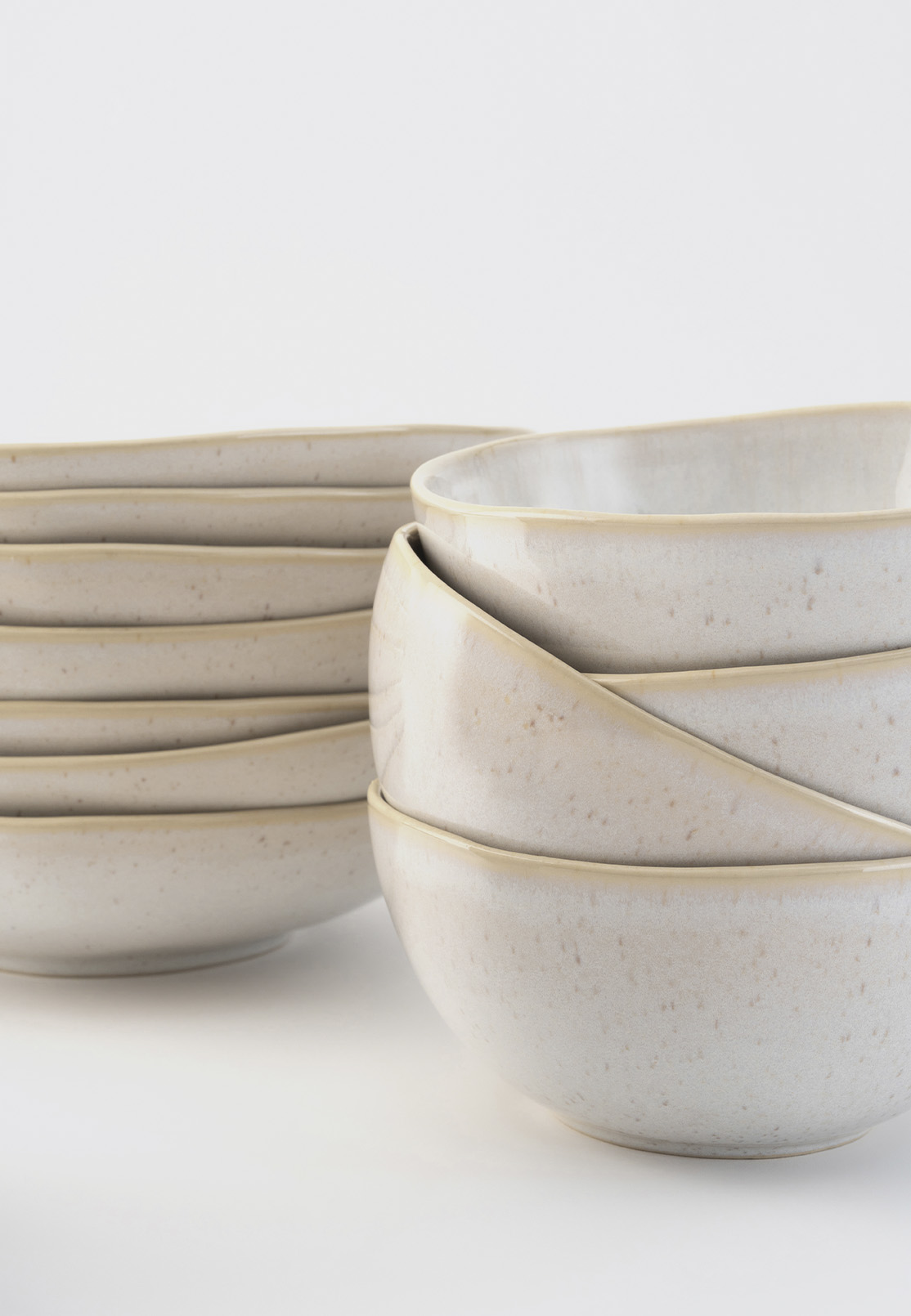
Whether you’re setting the table for everyday calm or a special gathering, our reactive-glazed collections offer natural beauty and effortless harmony. Discover the full range in-store or explore the curated selection below.


